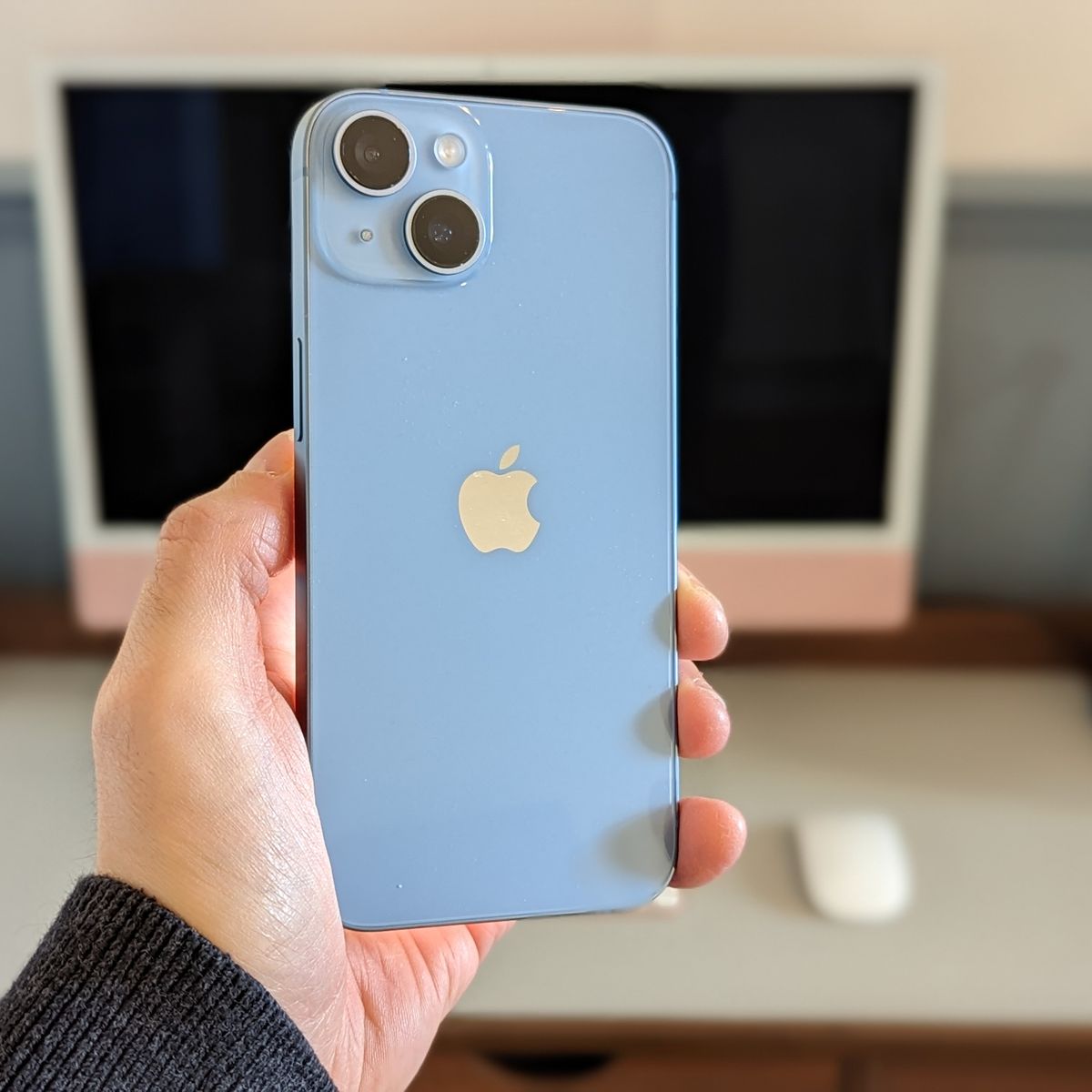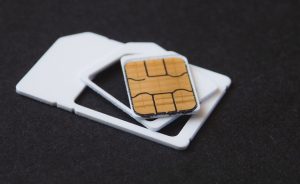The Myth of Waterproof iPhones
There’s a common misconception that iPhones are fully waterproof, capable of withstanding any aquatic adventure. However, the reality is more nuanced. While recent iPhone models boast impressive water resistance, they are not entirely impervious to water damage.
Apple has made significant strides in enhancing the water resistance of its iPhones, introducing features such as improved seals and gaskets to prevent water from seeping into the device. The introduction of IP67 and IP68 ratings further reinforced the notion of water-resistant iPhones. These ratings indicate that the devices can withstand immersion in water for a specified depth and duration, providing users with a sense of security when using their phones near water.
Despite these advancements, it’s crucial to recognize the distinction between water resistance and waterproofing. Water resistance implies a degree of protection against water ingress under specific conditions, while waterproofing suggests absolute immunity to water damage. This differentiation is pivotal in managing expectations regarding the iPhone’s performance in water-related scenarios.
It’s essential for users to understand that while their iPhones can withstand accidental splashes, brief submersion, or exposure to light rain, prolonged or deep water exposure can still compromise the device’s integrity. This understanding empowers users to exercise caution and take appropriate measures to safeguard their iPhones in water-prone environments.
Water Resistance vs. Waterproof
Understanding the distinction between water resistance and waterproofing is crucial in dispelling the myth of fully waterproof iPhones. Water resistance, as denoted by IP ratings, signifies a device’s ability to withstand water exposure under specific conditions. The IP67 and IP68 ratings assigned to recent iPhone models indicate varying degrees of water resistance, with the former offering protection against immersion in up to 1 meter of water for 30 minutes, and the latter extending this capability to 1.5 meters for the same duration.
While these ratings provide valuable insights into the iPhone’s resilience in water-related scenarios, it’s important to acknowledge that they do not equate to waterproofing. Waterproofing implies complete impermeability to water, a characteristic that exceeds the parameters of water resistance. Recognizing this disparity helps users make informed decisions about the extent of water exposure their iPhones can safely endure.
When considering the water resistance of iPhones, it’s essential to factor in variables such as water pressure, depth, and duration of exposure. While an iPhone may withstand accidental splashes or brief submersion in shallow water, prolonged immersion in deeper water bodies or exposure to high-pressure water sources can surpass its water-resistant capabilities, potentially leading to damage.
By understanding the nuances of water resistance versus waterproofing, users can effectively gauge the level of protection their iPhones offer in diverse aquatic environments. This awareness empowers individuals to make mindful choices when using their devices near water, mitigating the risk of water-induced damage.
Limitations of IP Ratings
While IP ratings serve as valuable indicators of a device’s water and dust resistance, it’s important to recognize their inherent limitations. The “IP” in IP ratings stands for “Ingress Protection,” and these ratings are followed by two digits. The first digit represents the level of protection against solid objects, while the second digit denotes the degree of protection against liquids.
However, IP ratings do not account for various real-world scenarios and usage patterns that can impact a device’s resistance to water. For instance, the testing conditions for IP ratings are based on controlled laboratory environments, where the depth and duration of water immersion are carefully regulated. This controlled testing may not fully replicate the dynamic and unpredictable nature of water exposure in everyday situations.
Furthermore, IP ratings do not encompass other factors that can influence a device’s susceptibility to water damage, such as the condition of seals and gaskets over time, the impact of wear and tear on the device’s water resistance, or the potential degradation of water-resistant materials due to environmental factors.
Additionally, the presence of fine particles, such as sand or dust, can compromise the effectiveness of seals and gaskets, potentially undermining the device’s water resistance over time. While IP ratings provide a useful baseline for understanding a device’s resilience to water and dust, they should not be viewed as absolute guarantees of protection in all scenarios.
Recognizing the limitations of IP ratings empowers users to exercise caution and implement supplementary protective measures when using their iPhones in water-prone environments. By doing so, individuals can proactively safeguard their devices against potential water damage, even in situations that may exceed the parameters outlined by IP ratings.
The Impact of Wear and Tear
As iPhones are subjected to daily use, the cumulative effects of wear and tear can significantly influence their water resistance over time. While the initial water resistance of an iPhone, as indicated by its IP rating, may instill confidence in users, it’s essential to consider the evolving nature of this protection.
Repeated exposure to environmental elements, physical stress, and the natural aging of materials can gradually diminish the efficacy of the seals, gaskets, and adhesives that contribute to the iPhone’s water resistance. Factors such as temperature variations, humidity, and mechanical strain from handling the device can contribute to the deterioration of these protective components, potentially compromising the iPhone’s ability to repel water.
Moreover, the ingress of fine particles, such as dust and debris, into the device’s ports and crevices can exacerbate wear and tear, further undermining its water resistance. Over time, the accumulation of these particles can compromise the integrity of seals and gaskets, creating pathways for water to infiltrate the device.
Recognizing the impact of wear and tear on an iPhone’s water resistance underscores the importance of proactive maintenance and care. Regularly inspecting the device for signs of damage, cleaning ports and openings to remove debris, and avoiding prolonged exposure to harsh environmental conditions can help preserve the integrity of the iPhone’s water-resistant features.
By acknowledging the dynamic nature of water resistance in the context of wear and tear, users can adopt preventive measures to mitigate the gradual erosion of their iPhone’s protective capabilities. This proactive approach enhances the longevity of the device’s water resistance, reducing the risk of water-related damage and prolonging its usability in diverse environments.
The Role of Adhesives
Adhesives play a pivotal role in fortifying the water resistance of iPhones, contributing to the integrity of seals and the overall protection against water ingress. Within an iPhone, adhesives are strategically employed to secure components, such as display assemblies and housing, creating a barrier against water penetration.
Over time, the resilience of these adhesives can be influenced by environmental factors, temperature variations, and mechanical stress, potentially impacting their ability to maintain a robust seal. Exposure to extreme temperatures, fluctuations in humidity, and physical strain from regular usage can gradually compromise the adhesive’s adhesive properties, diminishing its effectiveness in preventing water intrusion.
Furthermore, the degradation of adhesives can be accelerated by external factors, such as exposure to chemicals, solvents, or abrasive substances. These elements can compromise the adhesive’s cohesion, leading to a decline in its ability to uphold the structural integrity of the device and sustain its water-resistant properties.
Recognizing the significance of adhesives in bolstering the iPhone’s water resistance underscores the importance of proactive maintenance and protective measures. By minimizing exposure to harsh environmental conditions, implementing proper handling practices, and adhering to Apple’s recommended guidelines for device care, users can mitigate the deterioration of adhesives and preserve the device’s water-resistant capabilities.
Understanding the impact of adhesives on the iPhone’s water resistance empowers users to take proactive measures to safeguard their devices. Through conscientious maintenance and prudent usage, individuals can optimize the longevity of the adhesives, thereby reinforcing the iPhone’s resilience against water infiltration and prolonging its usability in diverse environments.
The Vulnerability of Ports and Speakers
While the overall design of iPhones incorporates water-resistant features, the vulnerability of ports and speakers to water ingress remains a notable consideration. Despite the device’s commendable water resistance, the presence of ports, such as the charging port and speakers, introduces potential entry points for water when exposed to aquatic environments.
The openings associated with these ports and speakers, necessary for functional purposes, pose a challenge to maintaining the device’s water resistance. While the iPhone’s internal components may be shielded by seals and adhesives, the presence of exposed ports and speakers necessitates additional vigilance when using the device near water.
Moreover, the potential for water intrusion through these openings is heightened in scenarios where the device is subjected to water pressure, such as when submerged in bodies of water or exposed to high-pressure water sources. The force exerted by water under such conditions can surpass the protective measures in place, potentially compromising the internal components of the device.
Furthermore, the accumulation of debris or foreign particles around these openings can exacerbate the susceptibility of ports and speakers to water ingress. Dust, lint, or other contaminants can impede the effectiveness of seals and gaskets, diminishing the device’s ability to repel water and increasing the risk of damage to internal components.
Recognizing the vulnerability of ports and speakers to water infiltration underscores the importance of prudent usage and protective measures. Users can mitigate the risk of water damage by minimizing exposure to water, promptly drying the device after incidental contact with water, and avoiding prolonged submersion or exposure to high-pressure water sources.
By acknowledging the unique challenges presented by the vulnerability of ports and speakers, users can adopt mindful practices to safeguard their iPhones in water-prone environments, preserving the integrity of the device and mitigating the potential impact of water-related incidents.
User Error and Accidents
Despite the robust water-resistant features of iPhones, user error and accidental incidents remain significant factors that can compromise the device’s protection against water damage. In many cases, water-related issues stem from inadvertent actions or unforeseen events that exceed the anticipated conditions for the device’s water resistance.
Common user errors, such as improperly sealing the device after exposure to water or subjecting the iPhone to water depths and durations beyond its specified capabilities, can inadvertently undermine its water resistance. Accidental submersion in bodies of water, exposure to high-velocity water jets, or neglecting to dry the device thoroughly after water exposure are instances where user oversight can lead to water-induced damage.
Moreover, unforeseen accidents, such as dropping the device into water or exposing it to unexpected water hazards, can pose significant challenges to the iPhone’s water resistance. These incidents often occur outside the realm of controlled environments or planned usage scenarios, presenting unique challenges to the device’s protective capabilities.
Furthermore, user error and accidents can exacerbate the impact of water exposure on the device’s internal components, potentially leading to functional issues and long-term damage. In such cases, the immediate and thorough drying of the device, as well as prompt assessment and, if necessary, professional intervention, are crucial in mitigating the effects of water-related incidents.
Recognizing the potential impact of user error and accidents on the iPhone’s water resistance underscores the importance of informed usage and proactive measures. By exercising caution, adhering to recommended usage guidelines, and promptly addressing accidental water exposure, users can minimize the risk of water-induced damage and preserve the integrity of their iPhones.
Through awareness and prudent action, individuals can navigate water-related scenarios with greater confidence, mitigating the potential repercussions of user error and accidents on the device’s water resistance and overall functionality.



